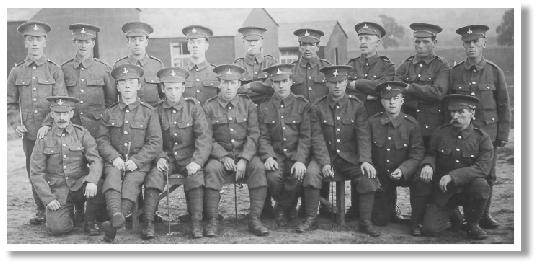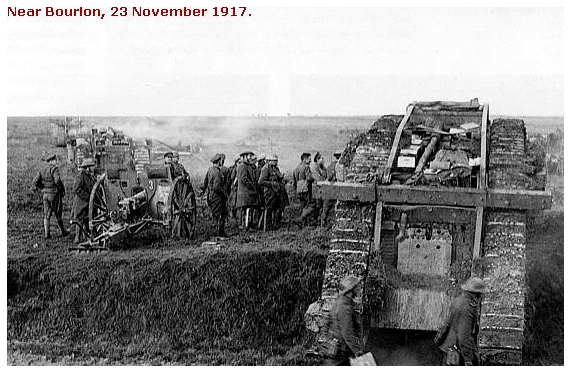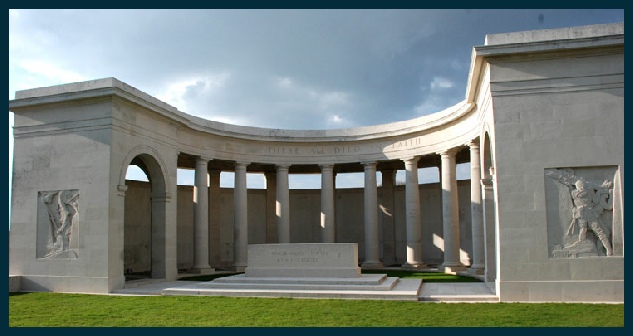Copyright © All rights reserved.



George Ellis
George Ellis was born about 1881 in West Heslerton, the younger son of William and Elizabeth (nee Mercer) Ellis who were married in the Malton area in the last quarter of 1876.
In 1881 the Ellises were living in West Heslerton where George had been born.
1881 Census – resident at Sand Lane, West Heslerton
ELLIS, William Jnr, Head, Married, M, 23, Bricklayer, Garton Yorkshire.
ELLIS, Elizabeth, Wife, Married, F, 26, Wife, Old Malton Yorkshire.
ELLIS, Annie Elizabeth, Daughter, Single, F, 3, West Heslerton Yorkshire.
ELLIS, Samuel, Son, Single, M, 1, Old Malton Yorkshire.
ELLIS, George, Son, Single, M, 3 months, West Heslerton Yorkshire.
By 1891 they had moved to Westgate in Old Malton, quite close to Elizabeths’ parents, William and Ada who also lived on Westgate, probably at 27.
1891 Census – resident in Westgate, Old Malton
ELLIS, William, Head, Widower, M, 33, Foreman Bricklayer, Garton Yorkshire Driffield
ELLIS, Ann E, Daughter, F, 13, Scholar, West Heslerton Yorkshire
ELLIS, Samuel, Son, M, 11, Scholar, Old Malton Yorkshire
ELLIS, George, Son, M, 10,, Scholar, West Heslerton Yorkshire, ,
ELLIS, Ada, Daughter, F, 7, Scholar, Old Malton Yorkshire
A few years after the death of his wife, William Ellis moved back to East Yorkshire and remarried.
By 1905 George appears to have joined up in Malton, in the 3rd Reserve Battalion of the Yorkshire Regiment. In the second quarter of 1905 he married Annie Hemstock in Richmond and by 1911 they had three children, George Arthur born in 1906, Johgn Edward born in 1909 and Wilfred Gordon born in 1911. In 1911 George was in the 3rd Reserve Battalion of the Yorkshire Regiment and his family were living in the Barracks at Richmond. They had two more children Stanley W. born in 1912 and Dorothy born in 1913.
1911 Census-
George Ellis, Private, Married, Male, 29, 3rd Res. Battn, Yorkshire Regiment, Yorkshire Malton
Annie Ellis, 28, abt 1883, Wife, Female, Sheffield,Yorkshire , Married 6 years , 4 children, 3 living
George Arthur Ellis, 5, Son, Male, Richmond, Yorkshire
John Edward Ellis, 2, Son, Male, Richmond, Yorkshire
Wilfred Gordon Ellis, 4/12, Son, Male, Richmond, Yorkshire
The 3rd Battalion was a Reserve Battalion and remained in England with a depot at Richmond and the main battalion stationed at West Hartlepool throughout the war providing drafts to other battalions and George was sent  to the 13th Battalion of the Yorkshire Regiment, on or about 8th October 1915.
to the 13th Battalion of the Yorkshire Regiment, on or about 8th October 1915.
The 13th was a bantam unit – composed of men who were undersized but otherwise fit and was initially sent to Aldershot until embarking for Le Havre 6 June 1916. It formed part of the 40th Division and served between June and late October 1916 on the front near Loos. The 40th Division remained on the Western Front throughout the rest of the war and took part in the Battle of the Ancre in 1916, The German retreat to the Hindenburg Line (March1917), The capture of Fifteen Ravine, Villers Plouich, Beaucamp and La Vacquerie (April and early May) and the Cambrai Operations, in which the Division participated in the capture of Bourlon Wood (November). Sir Douglas Haig described the object of the Cambrai operations as the gaining of a 'local success by a sudden attack at a point where the enemy did not expect it' and to some extent they succeeded. The proposed method of assault was new, with no preliminary artillery bombardment. Instead, tanks would be used to break through the German wire, with the infantry following under the cover of smoke barrages.
The attack began early in the morning of 20 November 1917 and initial advances were remarkable. However, by 22 November, a halt was called for rest and reorganisation, allowing the Germans to reinforce. From 23 to 28 November, the fighting was concentrated almost entirely around Bourlon Wood and by 29 November, it was clear that the Germans were ready for a major counter attack. During the fierce fighting of the next five days, much of the ground gained in the initial days of the attack was lost.
For the Allies, the results of the battle were ultimately disappointing but valuable lessons were learnt about new strategies and tactical approaches to fighting. The Germans had also discovered that their fixed lines of defence, no matter how well prepared, were vulnerable.
On 22 November, the GOC 40th Division at Beaumetz-
It was in this action that George Ellis was killed. He is commemorated on the Cambrai Memorial at Louveral which commemorates more than 7,000 servicemen of the United Kingdom and South Africa who died in the Battle of Cambrai in November and December 1917 and whose graves are not known. The Cambrai Memorial was designed by Harold Chalton Bradshaw with sculpture by Charles S. Jagger. It was unveiled by Lieut-
